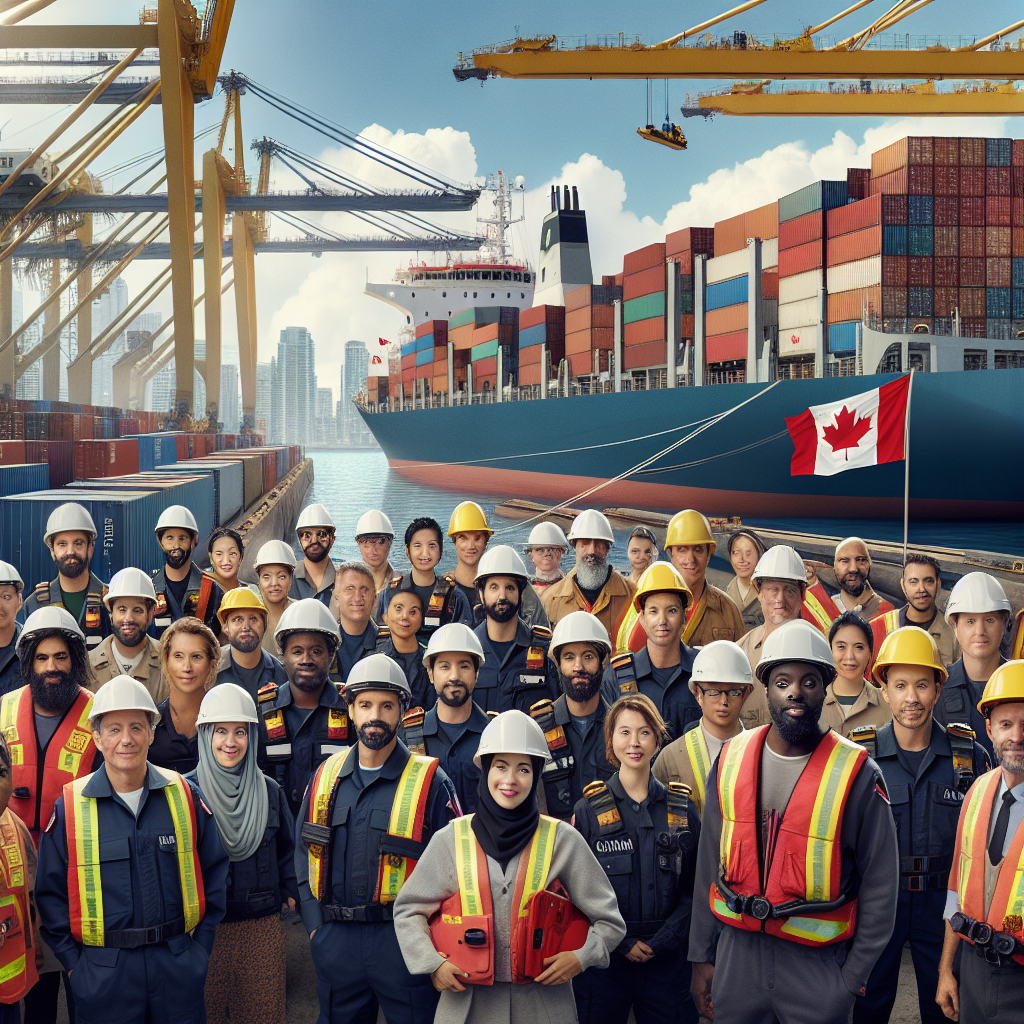Canada Revamps Immigration Rules for Marine Workers

Canada’s Marine Industry: A New Wave of Opportunities for Seafarers
On July 18, 2025, the Canadian government introduced significant updates to the International Mobility Program (IMP) aimed at transforming the landscape for marine transportation workers. These changes are designed to align Canada with international maritime standards, addressing labor shortages while enhancing protections for foreign seafarers and maritime professionals.
Key Highlights of the New Regulations
-
Streamlined Work Permits:
- Seafarers are now eligible for open work permits under the newly designated C61 category, allowing faster entry for short-term assignments and transit with minimal paperwork.
- The updates guarantee visa-free shore leave and expedited repatriation for seafarers, reflecting commitments reaffirmed by the International Labour Organization (ILO) in April 2025.
-
Employer Accountability:
- Employers are required to submit Seafarer Employment Agreements (SEAs) as part of work permit applications, ensuring compliance with fair wage standards, adequate living conditions, and access to healthcare for workers.
- These measures aim to combat exploitation in a sector often vulnerable to labor abuses, particularly on foreign-flagged vessels in Canadian waters.
- Promoting Gender Equality and Inclusion:
- The IRCC has introduced priority processing for women and underrepresented groups in the maritime workforce. This aligns with efforts to increase female participation in a traditionally male-dominated industry.
- Support for diversity initiatives is tied to Canada’s Oceans Protection Plan, fostering a more inclusive maritime environment.
Analysis: Navigating Opportunities and Challenges
The recent updates represent a proactive approach to revitalizing Canada’s marine industry, which has faced challenges in attracting skilled labor. By streamlining the permit process and enhancing worker protections, Canada is not only addressing immediate labor shortages but also positioning itself as a leader in maritime employment standards.
However, practical challenges remain. Smaller shipping companies may struggle with compliance and documentation, while remote workers could encounter hurdles with digital processing systems. Additionally, the industry’s transition towards low-carbon technologies will necessitate training for workers unfamiliar with new eco-friendly systems.
Conclusion: A Call to Action for Maritime Professionals
These changes signal an exciting shift in Canada’s maritime sector, prioritizing speed, fairness, and compliance. For maritime professionals and employers, now is the time to adapt to these new regulations and leverage the opportunities they present. The emphasis on ethical labor practices and diversity not only enhances the industry’s reputation but also contributes to a more robust and sustainable maritime workforce.
As Canada opens its doors wider to marine talent, stakeholders must embrace these changes to ensure they are not just compliant but also competitive on the global stage. Whether you’re a seasoned seafarer or a shipping company looking to hire, staying informed and proactive about these updates will be crucial in navigating the future of Canada’s marine industry.



